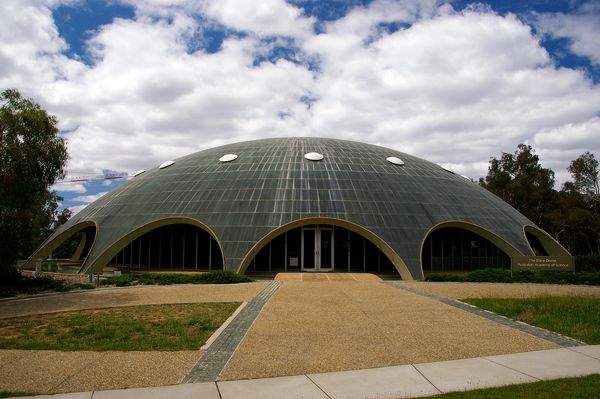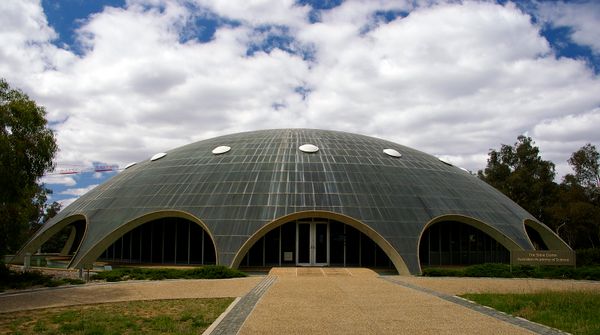Australian Research Council Future Fellowships 2021
Chief Executive Officer (CEO) of the Australian Research Council (ARC), Professor Sue Thomas, has welcomed today’s announcement by Minister of Education and Youth the Hon Alan Tudge MP of $93 million in funding for the new Future Fellows for 2021.
Professor Thomas said the ARC Future Fellowships scheme is designed to attract and retain the best and brightest mid-career researchers who will undertake research in areas of critical national importance.
'These new Future Fellowships are awarded to outstanding mid-career researchers, who will receive funding support for the next four years to undertake their innovative research in Australia,' Professor Thomas said.
There were three future fellows in the solid Earth geosciences announced today
Stijn Glorie, University of Adelaide: The project aims to reconstruct 250 million years of landscape evolution in response to rifting and break-up of the Gondwana supercontinent, using the innovative approach of combining regional thermochronology with global plate tectonic models. From these reconstructions, the time-integrated record of exhumation and erosion at the continental margins will be revealed at an unprecedented scale. The main expected outcome will be a deep time archive of the relationships between tectonic forcing, continental erosion and the global climate, which may assist predictions and debate on future climate change. The outcomes will also provide economic benefits as they will inform on the exhumation and preservation of (critical) mineral resources. [Press Release]
Meghan Miller, Australian National University: Distributed acoustic sensing (DAS) is a newly emerging passive seismic technique that converts telecommunication fibre-optic cables (dark fibres) into thousands of individual ground motion sensors. This project aims to harness DAS and the big data arising from it to develop unprecedented high-resolution images of the Earth’s structure, detect micro-seismicity, and thereby relate geological observations to Earth processes. Outcomes of this powerful technique include fine-scale seismic imaging of the Earth’s subsurface as the best proxy for geological processes and geochemistry. Benefits include transforming exploration of mineral resources, water, changes in subsurface structure, as well as geohazard assessments for Australia and worldwide. [ANU news]
Simon Williams, University of Tasmania: Earth’s magnetic field is an invaluable resource for studying the structure and dynamics of our planet, yet the full nature of Earth's magnetisation remains poorly understood. This project will uncover the dominant sources of magnetisation close to Earth's surface using next-generation satellite data and recent theoretical advances. Expected outcomes include the development of innovative models of lithospheric magnetisation that will be used to gain crucial insights into the dynamic evolution of our planet's crust and uppermost mantle. The benefits of the project address both economic and environmental issues, unravelling the nature of structures that control both mineral systems and heat flow variations beneath the Antarctic ice sheet.



